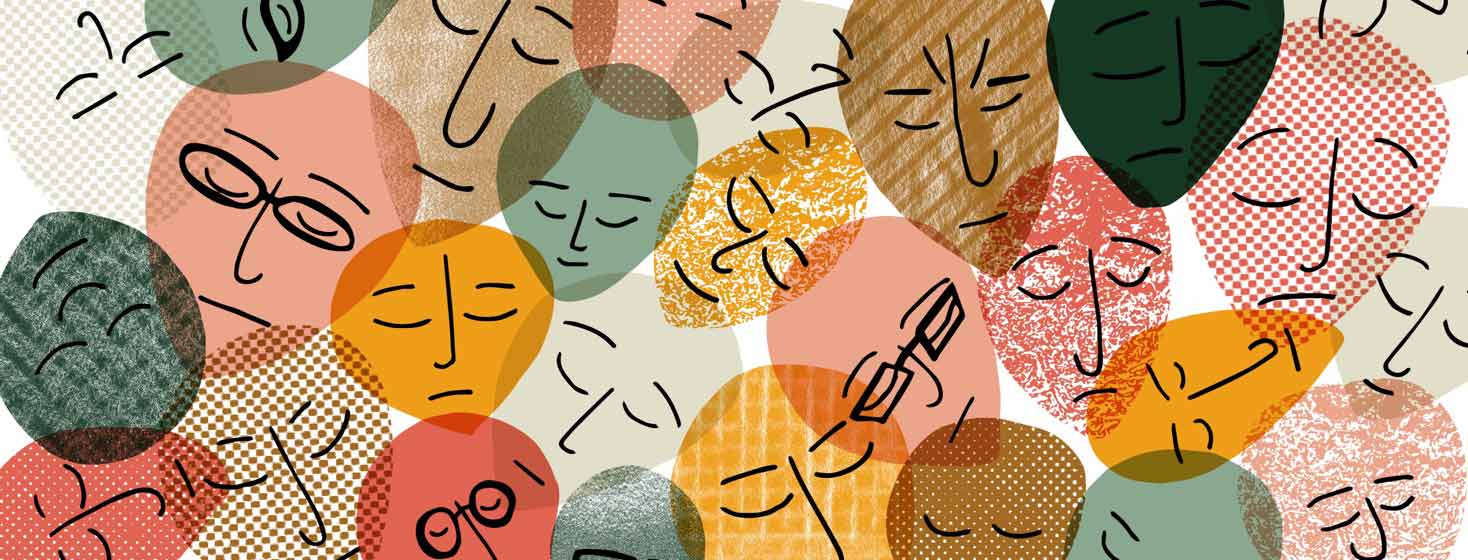Managing Other Chronic Health Conditions with HIV/AIDS
In our 2019 HIV In America Survey, 76 percent of respondents reported that they were managing other chronic health conditions in addition to HIV/AIDS.
Here are the top 5 health conditions reported by members of the H-I-V.net community. Stay tuned for future articles like these that address AIDS-defining conditions and medication side effects.
Managing other health conditions with HIV/AIDS
Neuropathy
Peripheral neuropathy is a painful nerve disorder that results from damaged nerves in the hands and feet.
It is one of the most common nerve-related disorders seen in people living with HIV. Certain antiretroviral drugs can cause peripheral neuropathy.118 percent of people who took the survey reported that they are managing neuropathy.
High blood pressure (hypertension)
High blood pressure is a growing problem for people who are HIV positive.
One global study showed that there were more cases of high blood pressure in adults who were HIV positive and taking ART (antiretroviral therapy) compared to adults who were HIV negative.228 percent of people who took our survey reported that they also manage hypertension.
Anxiety or panic disorders
In the United States, it is estimated that 2.7 percent of Americans are living with generalized anxiety disorder.3
For people living with HIV, that number is much larger. About 20 percent (1 out 5 people) who are HIV positive are dealing with anxiety.327 percent of people who took our survey reported that they also manage anxiety or panic disorders.
High cholesterol (hyperlipidemia)
Cholesterol helps the body function properly. But, too much cholesterol can lead to health problems like heart disease.4 Foods high in fat, lack of exercise, and smoking can contribute to high cholesterol as well as age and family history.
Some HIV medications like protease inhibitors can also increase the risk of high cholesterol.4,525 percent of survey respondents also manage high cholesterol.
Mood disorder
Mood disorders include conditions like major depressive disorder, bipolar disorder, and seasonal affective disorder (SAD).6 Mood disorders are common in people who are HIV positive compared to people who are HIV negative.6
For example, one report from a national survey found that bipolar disorder among people who were HIV positive was 10.8 percent compared to 3.7 percent in people who are HIV negative.724 percent of survey respondents reported having a mood disorder.
The HIV in America 2019 survey was conducted online from July through September of 2019. A total of 400 people completed the survey.

Join the conversation